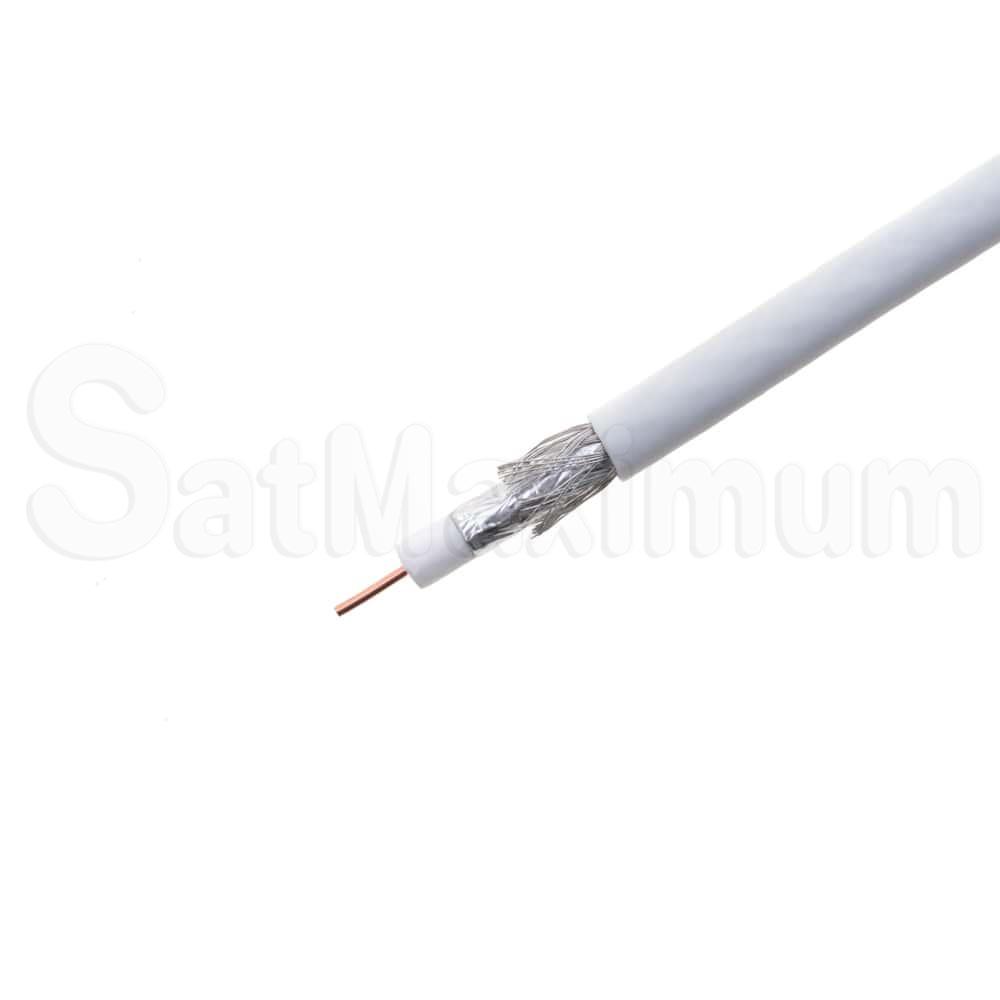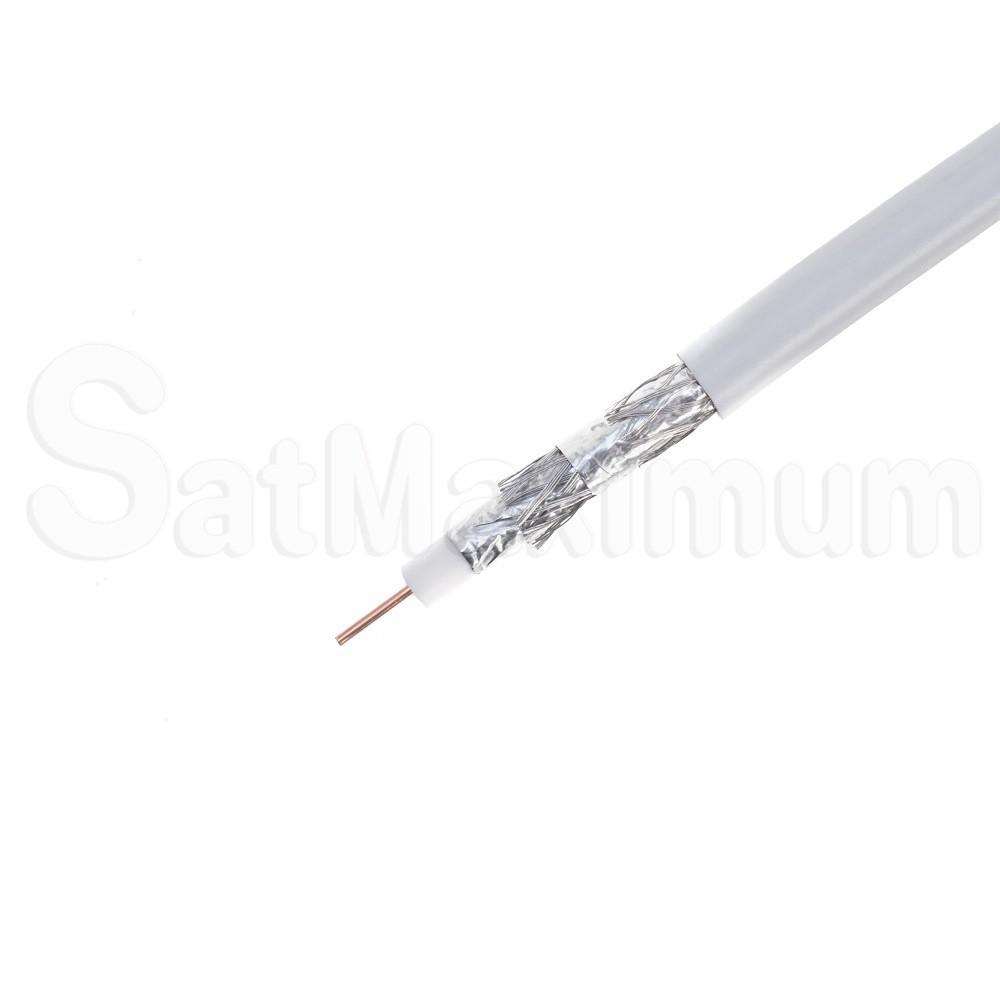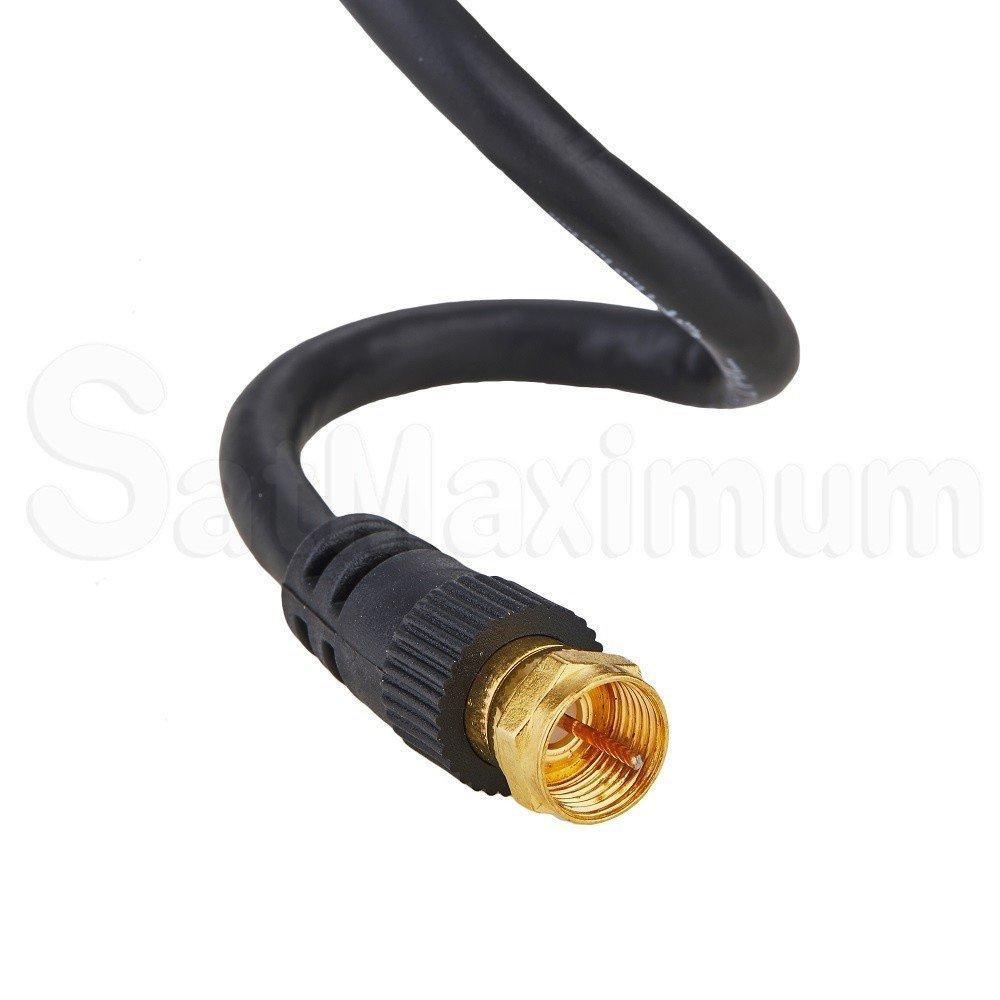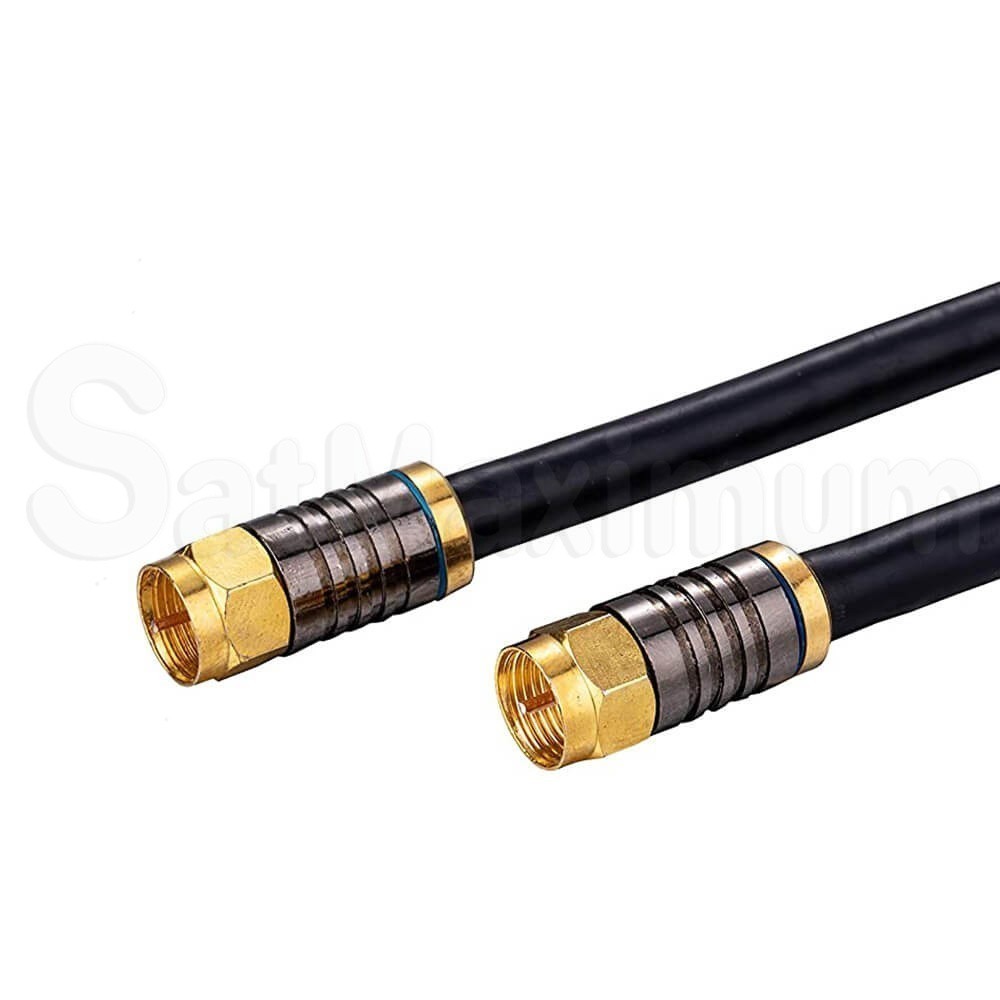Rg6 Cables: The Differences Between Dual vs Quad Shield Coaxial Cable
Home entertainment systems are more sophisticated than ever. Whether an audiophile or a movie buff, homeowners want to use the best gear without overkill. Everything gets analyzed down to the right coaxial cable.
But do we know the difference between a dual RG6 vs RG6Q quad shield?
This article will cover RG6 cable. We'll also review the difference between dual shield vs. quad shield cables.
What is RG6 Coaxial Cable?
RG6 coaxial cable connects devices that carry audio and video signals. The cable moves the signal from a transmitter to a monitor. It's also used for connecting antennas, satellite dishes, and cable TV boxes.
The coaxial cable jacket is a polyethylene layer made to protect the wiring. Inside of that layer is a shield layer or more to protect the signal frequency from interference.
Coaxial cables include various types of RG6 cables. This includes RG6 dual shielded cable (RG6) and RG6 quad shielded cable (RG6Q). Both get used for home theaters, security systems, satellites, and computer systems.
Take note that the RG6Q and RG6 cables are not interchangeable.
| Dual RG6 Cable | Quad RG6 Cable | Premade Dual RG6 Cable | Premade Quad RG6 Cable |
|---|---|---|---|
 |  |  |  |
Differences Between RG6 and RG6Q Material
Both Dual RG6 and Quad RG6 cables have the following in common:
- Same size 18 AWG Copper-Clad Steel conductor
- Aluminum braid layer
- Foil layer
The key difference between the two is in the shielding. The RG6 coax cable has two layers of shielding or a dual shield, whereas RG6q has 4 layers of shielding.
Under the outside jacket an RG6 cable has:
- 60% aluminum braid
- Aluminum foil polyester tape
- Nitrogen-Injected Foam Polyethylene Dielectric insulation
- 18 AWG Copper-Clad Steel Conductor
Under the outside jacket an RG6Q has:
- 100% coverage APA foil/40% Aluminum Braid
- Aluminum Foil-Polyester Tape
- 100% coverage APA foil/40% Aluminum Braid
- Aluminum Foil-Polyester Tape
- Nitrogen-Injected Foam Polyethylene Dielectric insulation
- 18 AWG Copper-Clad Steel Conductor
The RG6Q cable is thicker due to the extra layers of shielding. This makes the cable heavier and the diameter larger.
Performance Differences
Both RG6 cables protect against interference. But the Quad RG6 protection is greater than that of the Dual RG6 cable. Its extra layers of shielding also extend the lifecycle of the product.
The extra shielding of the RG6Q allows the cable to handle more voltage. It also provides a better connection than the RG6. But this extra shielding makes the cable less flexible.
Selection Process
When selecting a cable, consideration includes several factors based on project circumstances. Consideration should also include quality of performance. The following are some key determining factors.
Length of Run - Does RG6Q performs better on the longer runs.
In general, quad shielded cable has the same amount of loss per 100 feet as dual shielded cable, since both have an 18AWG conductor. The loss is generally determined by the size of the center conductor and the dielectric, not by the amount of shielding that’s on the outside. The only case where RG6 quad cable performs better is in high EMI areas.
Cable Longevity
The RG6Q is more durable due to its extra layers of shielding. But when the cable gets placed once and never moved, the RG6 may be enough.
There are several elements that reduce the coax's lifecycle.
For instance, cable exposed to weather elements will degrade due to heat cycling.
Movement can also play a role in the deterioration of a cable. When a cable is exposed to the elements for a long period of time, the outer jacket can become brittle. All it takes is a strong wind to move the cable enough to bend and crack.
Check the manufacturer's specifications and note when exterior cables will reach end-of-life. Common causes might show up with the white dielectric foam degrading. Or, the center conductor might get kinked, or the connector becomes oxidized.
Consider replacing the cables before their anticipated end.
Interference Protection
The location of the system will impact the amount of potential electromagnetic interference (EMI). An increase in EMI needs more shielding. The RG6Q has more shielding than the RG6.
An apartment building or condo can be a location that can impact signal interference. Many times those buildings have regulations associated with cable placement.
The rules might put the coaxial cable too close to electrical lines. To maintain a good signal to loss ratio, we'd have to use an RG6Q to better protect the signal from interference.
Connector Installation
It takes little effort to place a connector on an RG6 cable. The RG6Q takes more effort than the RG6 when placing a connector on the cable.
Cost of Materials
The extra RG6Q materials raise the costs over the RG6. The extra material also increases the weight of the RG6Q cable.
Voltage
The RG6Q can handle more voltage. This provides a better connection and signal.
Cable Connectors
The cable differs enough between the RG6 and the RG6Q to merit different size connectors. But many companies make one connector and a compression sleeve to fit the RG6 diameter. This allows the RG6 cable to use the RG6Q connector.
The plastic compression sleeve provides protection from moisture. Also, some connectors come with an O-ring to keep moisture out of the cables.
There are many different types of connectors available for the RG6 and RG6Q cables. The most common include:
- BNC
- F connector
- Flat Plug
- Jack Thru Body Connector
- N connector
- T connector
- Twist on connector
- UHF connector
These compression-style connectors offer outstanding performance, mechanical stability, and ease of installation. Many of the connector designs minimize distortions and improve signal quality.
Choose the Right RG6 Cable
We now know how to make a choice between the RG6 cable and the RG6Q cable. The cables are not interchangeable and each has a set of performance specifications. We also know the factors to consider when selecting between the RG6 and RG6Q cables.
Contact us to learn more about the specifics related to the RG6 and RG6Q. We want to make sure the best cable selection gets made based on the needs of the project.














































